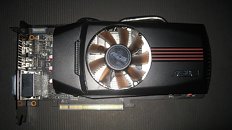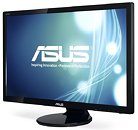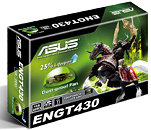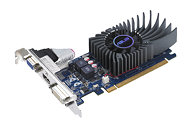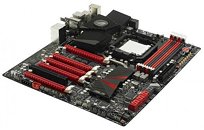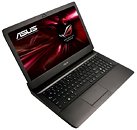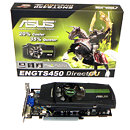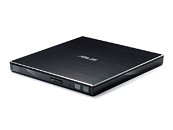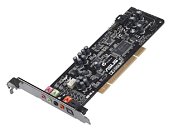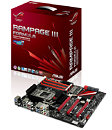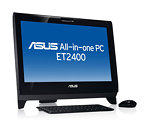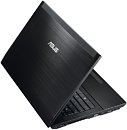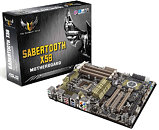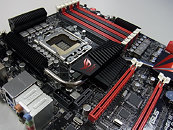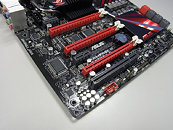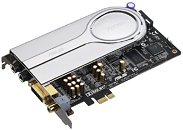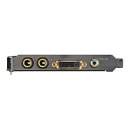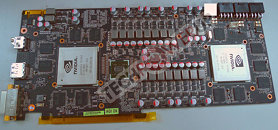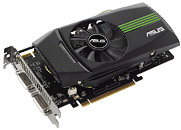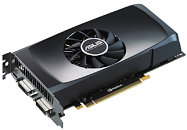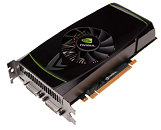
ASUS Radeon HD 6850 DirectCu OC Graphics Card Pictured
ASUS is ready with its first non-reference design Radeon HD 6850 graphics card, making use of the company's proven DirectCu cooler design. The EAH6850 DirectCu also makes use of a non-reference design PCB by the company that makes use of high-quality components, and the VoltageTweak feature, which lets users control voltages using software. To support this, and provide an out of the box overclock, the card draws power from two 6-pin power connectors, unlike the reference design that needs just one. The DirectCu cooler features nickel-plated copper heat-pipes that make direct contact with the GPU, conveying heat quickly to the heatsink. Display connectors include two DVI, and one each of HDMI and DisplayPort. The exact clock speeds are not known. ASUS will most likely release this card on the 22nd of this month.
